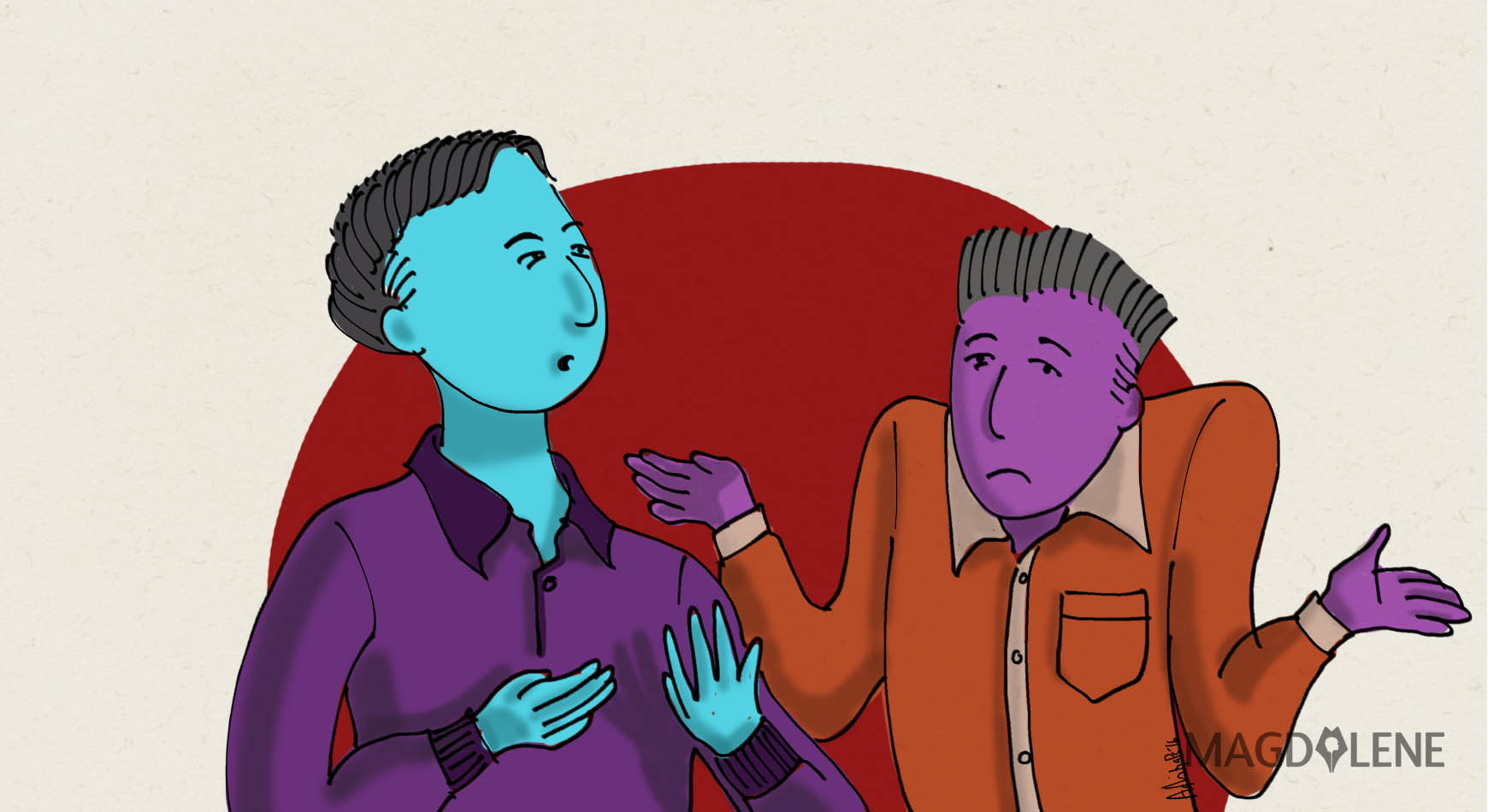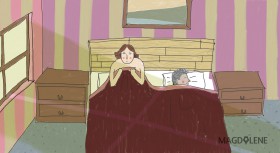One reason I hesitated to accompany my parents to Europe was because my sister had prepared a family holiday to Hong Kong in July 2017. Scheduled just one week before school was re-opened and after the Idul Fitri holiday was over, she wanted to experience the Hong Kong Disneyland with her family.
I had been to Hong Kong twice when it was still a British colony. I rated it lower than Singapore, with narrower and dirtier streets, and less familiar food and culture. My wanderlust, though, was still burning, and after flying over seas and deserts and crossing mountains and valleys on a bus, a five hours flight and metro train rides seemed simple.
Rather than a visa stamp I had eagerly expected, visitors to Hong Kong (including citizens of China) receive a coupon-sized card that they must keep during their stay. As if looking after your passport and immigration departure card were not challenging enough, you have a third document to worry about.
Hong Kong is more than the island – the Mass Transit Railway (MTR) network covers much of Kowloon, situated in continental Asia. “New Territories” refer to everything else besides the Hong Kong Island and Kowloon, including housing and farming areas south of People’s Republic of China, and islands such as Lantau, Lamma, and Tsing Yi. The tourist hotspot is Tsim Sha Tsui, which has all the amenities of a metropolis but is more affordable and a bit more spacious than the Island’s Central district.
Usually my family dined at cha chaan teng, casual cafes that serve rice, noodles, and Western-influenced food such as macaroni and cheese, baked spaghetti, and udon with sausage. They reminded me of Melbourne’s Chinatown, where I developed love for East Asian cultural identity and was proud to be Chinese.
My nephew, meanwhile, was less enthusiastic. We saw very few tourists in those cafes, and everyone was speaking in Cantonese. Many meals contained pork, and the restaurants were packed throughout day and night. The staff spoke little English but they didn’t hesitate to smile at my nephew and niece, unlike stiff and gruff restaurant staff in Singapore.
I had memorized Cantonese phrases following my success in talking in Romance languages in May, but on the ground, I reverted to English. I found it easier to talk in Hong Kong English I learned in Australia, for examples “Split OK!” when a restaurant found no table for seven people, and utterly ignoring articles and proper prepositions. After all, Hong Kongers use “Solee!” for apology and “Baai baai,” for farewell, and if there’s one Cantonese word you need to know, it is “Mghoi,”, which serves as “Thanks,” and “Excuse me,”.
July 2017 marks the 20th anniversary of the return of Hong Kong to China, but the locals were not enthusiastic. Progressives were upset with the passing of Nobel laurate Liu Xiaobo, China celebrated the anniversary with communist-style military parade and slogans, and on Bastille Day, four pro-democratic politicians were disqualified from the Legislative Council.
Hong Kong remains the only part of China where demonstrations could take place and media could discuss topics banned in China like Liu Xiaobo, Tiananmen Square massacre of 1989, and Tibet. I had no worry in sharing articles on Liu Xiaobo and Hong Kong politics, while in Singapore I refrained from commenting on Singaporean politics.
In the 20th century, the real rulers of Hong Kong were banking, property, and retail tycoons, and the colonial government had little interest in making comprehensive public policy. Now those tycoons maintain good relations with the Chinese Communist Party, which believes in nationalism and probably racial supremacy instead of Marxism and class struggle. Hong Kong remains one of most unequal places on Earth, with Lamborghinis and Land Rovers racing past overcrowded and leaky apartments (I had to constantly dodging drops from external air conditioners), and poor seniors holding advertisement placards.
While I found Singaporeans to be defensive (bordering on paranoid), I found Hong Kongers to be aloof. My family members had been bumped by strangers several times indoor and outdoor, including by schoolgirls and expecting mothers. While we were helping a woman stuck on train’s doors, the locals were either watching us silently or glued to their phones.
I think that’s why Singapore and Hong Kong are so modern and clean compared to Indonesian cities. They are islands with Chinese majority, and most Chinese people are raised to be obedient, orderly, and reserved. Many women say they feel safer walking and riding in HK or Singapore than the West, let alone Jakarta. While Hong Kong men are familiar with pornography and Hong Kong women wear what they want, the men generally keep their mouth shut and hands tucked in. They dread trouble with the law and attention from other people.
I spent the second half of the holiday at Disneyland in Lantau Island. Both the hotel I stayed in and the theme park were dominated with visitors from China, and I heard park’s actors delivering their lines in Mandarin instead of Cantonese. Individually, I found Chinese visitors to be more appreciative than Hong Kongers (heard “Xie xie” more often than “Mghoi”), and it’s true that Mandarin is a bit more comprehensible than Cantonese.
Hong Kong faces a bleaker future than Singapore. It has become satellite city to Guangzhou. The British weren’t interested in democracy, but they let the Hong Kongers spoke freely and learned everything available on British and Chinese histories. China, meanwhile, won’t become a free and open place in my lifetime, and has become more hostile toward everything every day, from feminists to Winnie the Pooh.
I admire Hong Kongers’ civic spirits (thousands attended vigils & protests throughout my visitation), friendliness compared to Singapore despite language & cultural barriers, and working systems - Octopus is an efficient cash card and I could mentally map the MTR network after three days. But, what can be done to balance the inequality?
Read Mario’s take on fandom and follow @MarioRustan on Twitter.








Comments